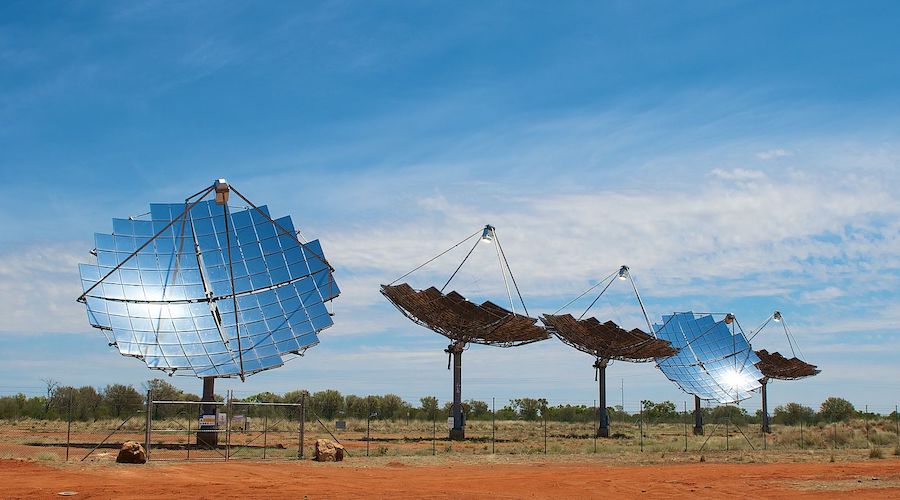FAA Drone Zone Website Gets Makeover


In some recent social media posts, the FAA Drone Zone announced that it is doing a redesign to make the website more visually appealing and easier to use. On Monday, the new design opened up for users to check out.
US Drone Rules Can Be Complicated
The Federal Aviation Administration (FAA) requires all commercial UAS operators to obtain a remote pilot license under Part 107 of the FAA’s regulations. To qualify for a Part 107 UAS license, an applicant must be at least 16 years old, prove competence in the English language, have adequate physical and mental capability to operate a UAS safely, pass an aeronautical knowledge written test, and go through a Transportation Security Administration background security check.
But, if you’re flying a drone just for fun, different rules apply. Recreational UAS operators are not required to obtain a Part 107 license, although they must follow the same rules as commercial operators when it comes to flying their aircraft beyond the line of sight. To do this, users must register any drones weighing more than 250g (.55 lb), and pass a simple test, called the TRUST test.
The FAA’s new rules permitting operations of UAS over people or at night without applying for a special exemption went into effect in December 2020, but only licensed Part 107 operators may use them. So, in some cases it makes more sense in some cases to just get the 107 license anyway (which you can still use to fly for fun between commercial gigs).
These two sets of regulations made for confusion for some drone operators. So, the previous version of the Drone Zone website opened up with two big links, one for commercial operators, and one for recreational operators. But, if you’re a new owner unsure what set of rules apply, that wasn’t really the easiest way to get started. For example, what if you’re just going to learn to fly for now and want to go commercial later? Or what if you’re just taking pictures for fun, but then decide to sell a photograph you took for fun to a magazine later?
The New Approach At FAA Drone Zone
Instead of forcing users to make that choice as soon as they arrive at the Drone Zone website, the FAA overhauled the website. From what I can see, my operator dashboard for Part 107 hasn’t changed, but what happens before that has changed to make things easier, especially for first-time visitors who just got a drone for Christmas or something.
While it looks like they’re still changing things, the largest part of the website focuses on tasks a person might need to perform instead of focusing on what regulator scheme applies to them. You can choose to register a drone, download the B4UFly app, and do other things, and the website will send you to the right place.
If you go further down, they give more information about what the website is, what you can do with it, and also gives you a link to help you figure out whether you’ll need a Part 107 license to do what you’re looking to do.
Is this a revolutionary difference in the website? Not really. But, it’s going to be a little more helpful for people just getting into electric aviation.
Featured image: DJI press photo.
Appreciate CleanTechnica’s originality and cleantech news coverage? Consider becoming a CleanTechnica Member, Supporter, Technician, or Ambassador — or a patron on Patreon.
Don’t want to miss a cleantech story? Sign up for daily news updates from CleanTechnica on email. Or follow us on Google News!
Have a tip for CleanTechnica, want to advertise, or want to suggest a guest for our CleanTech Talk podcast? Contact us here.
Advertisement
This post has been syndicated from a third-party source. View the original article here.




